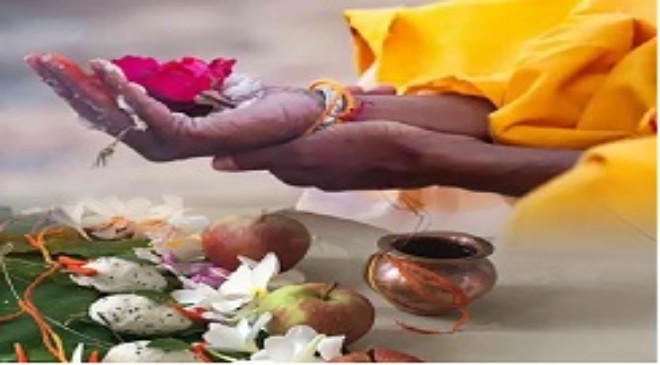This year, the Pitru Paksha commenced on September 17 and shall culminate with Mahalaya Amavaysa on October 2.
To aid the departed souls in achieving salvation, their relatives perform Shradh rituals, offer Tarpanam, and conduct Pind Daanam annually, particularly during the Pitru Paksha period, which occurs in September-October as per the Gregorian calendar.
Read More: When is Diwali 2024? Know date, time, rituals, history and significance
This year, the Pitru Paksha commenced on September 17 and shall culminate with Mahalaya Amavaysa on October 2.
As per Drikpanchang, Pitru Paksha occurs in the lunar month of Bhadrapada, starting on or the day after the full moon in the South Indian Amavasyant calendar. In the North Indian Purnimant calendar, this period falls in the lunar month of Ashwin, beginning on the full moon day or the following day in Bhadrapada.
Read More: Shardiya Navratri 2024: When Is Ashtami And Navami? Know Date, Muhurat And Everything
Many people perform Pind Daanam in Gaya, a place considered one of the most sacred sites for conducting Shradh rituals.
Pind Daanam creates an environment that aids departed souls in attaining Moksha by freeing them from the material world. Until they are liberated from the cycle of birth, death, and rebirth, these souls will wander in a state of anxiety and despair.
Pind are balls made of rice flour, wheat, sesame seeds, honey and milk. Seven pinds are made and offered to the departed souls during Shradh.
Read More: Sharad Purnima 2024: Know Timing, Date And Muhurat To Keep Kheer Under Moonlight
In Gaya, Pinds are offered at several sacred sites, including the footprint of Lord Vishnu near the Falgu River, Akshay Vat, Mangala Gowri, and other holy locations.
If you plan to perform Pind Daan in Gaya, you can select the 7th, 5th, 3rd, or 1st day of Amavasya during Krishna Paksha in any month according to the Hindu calendar, or during the annual Pitru Paksha Mela. It is advisable to consult your family priest to determine the most suitable date.
The Shradh ritual is concluded after performing the following steps: Snana (bathing), Sankalpa (taking a vow), Pind Daanam, and finally Tarpanam.
(This article is intended for your general information only. )





































